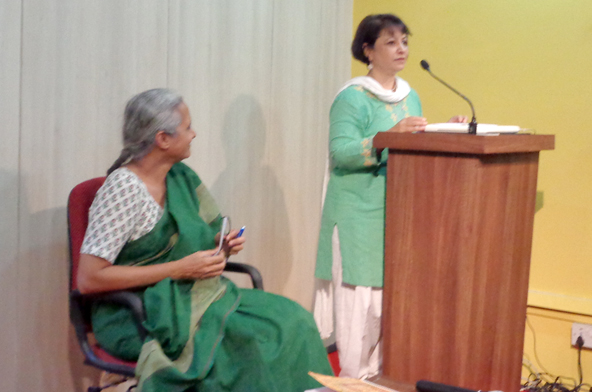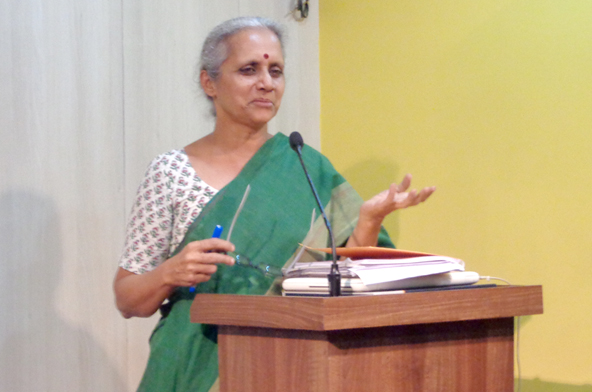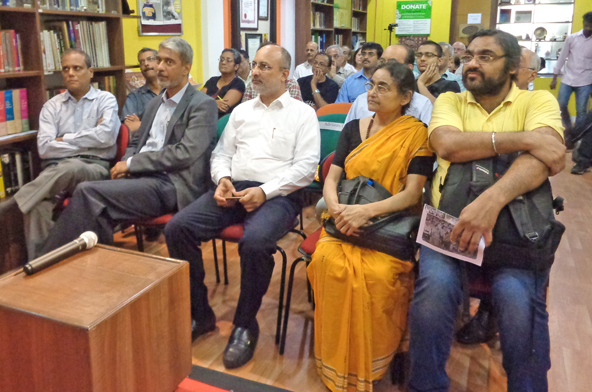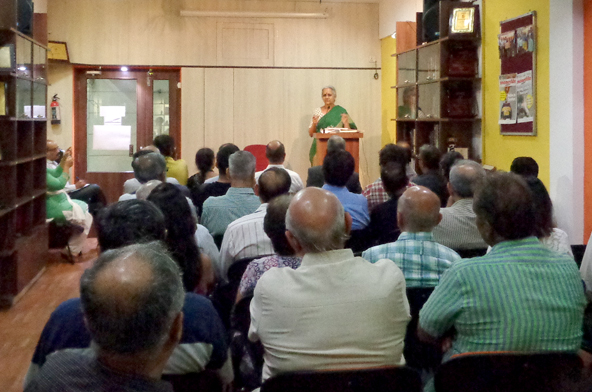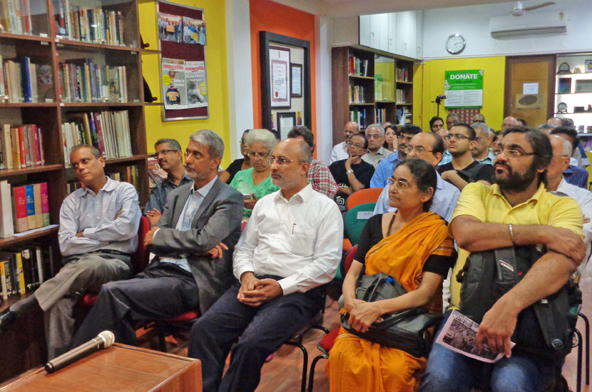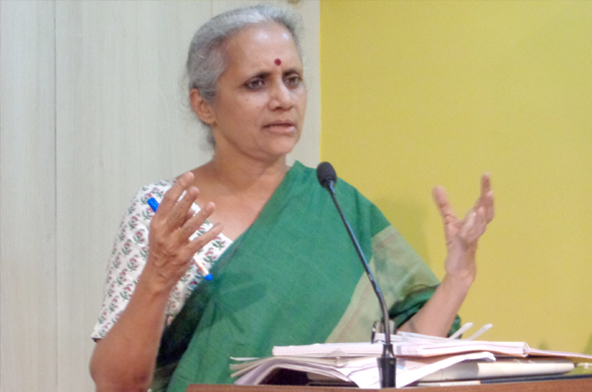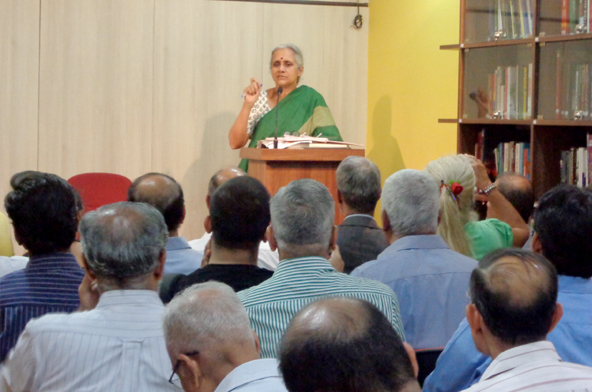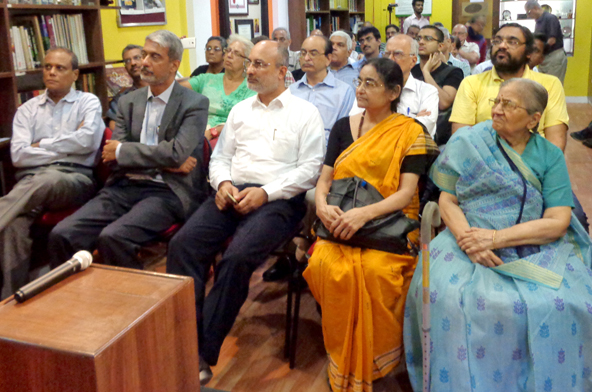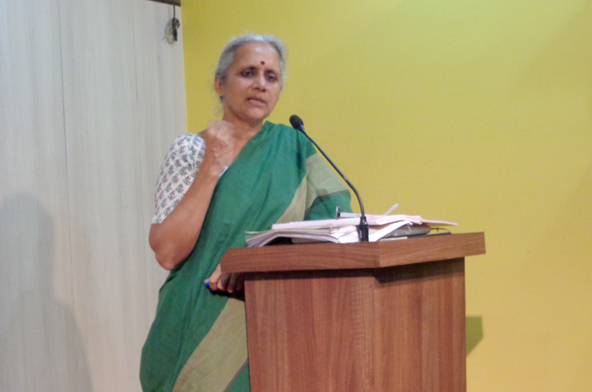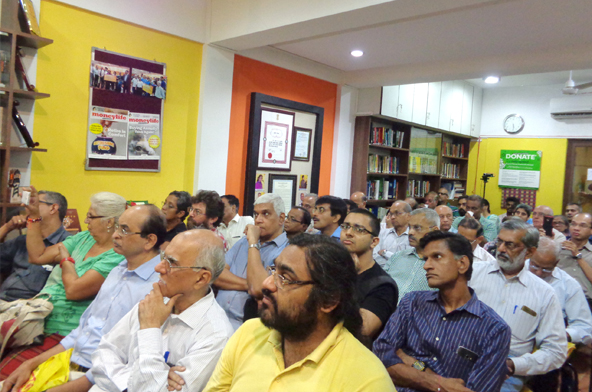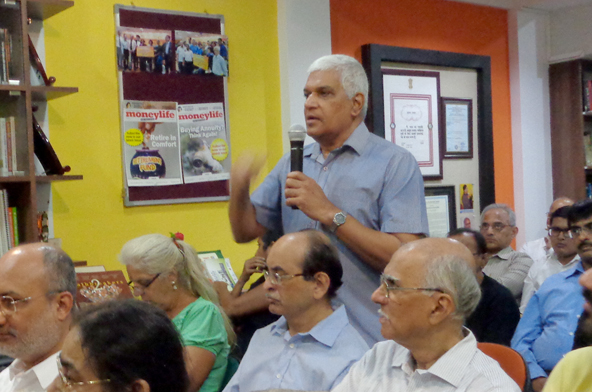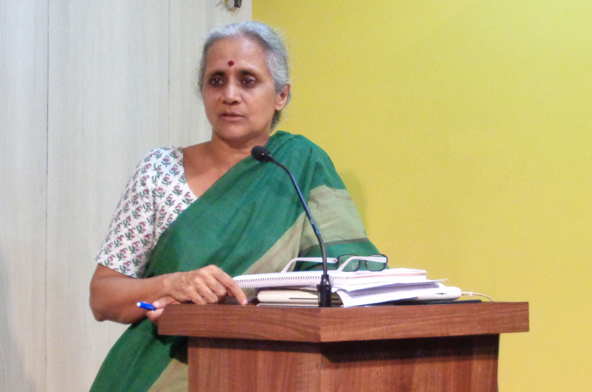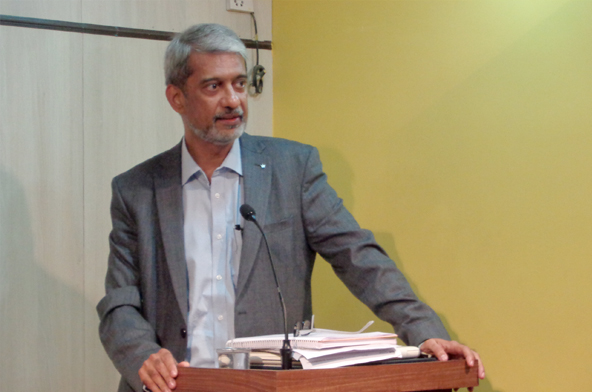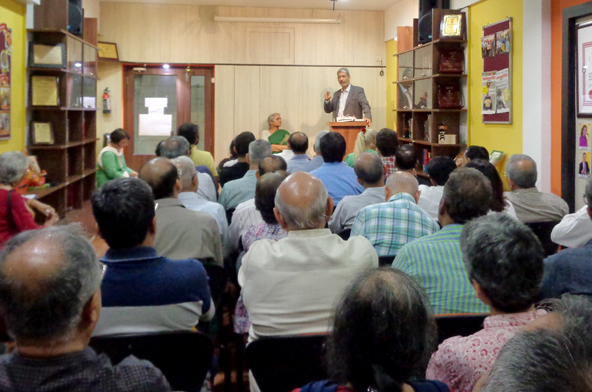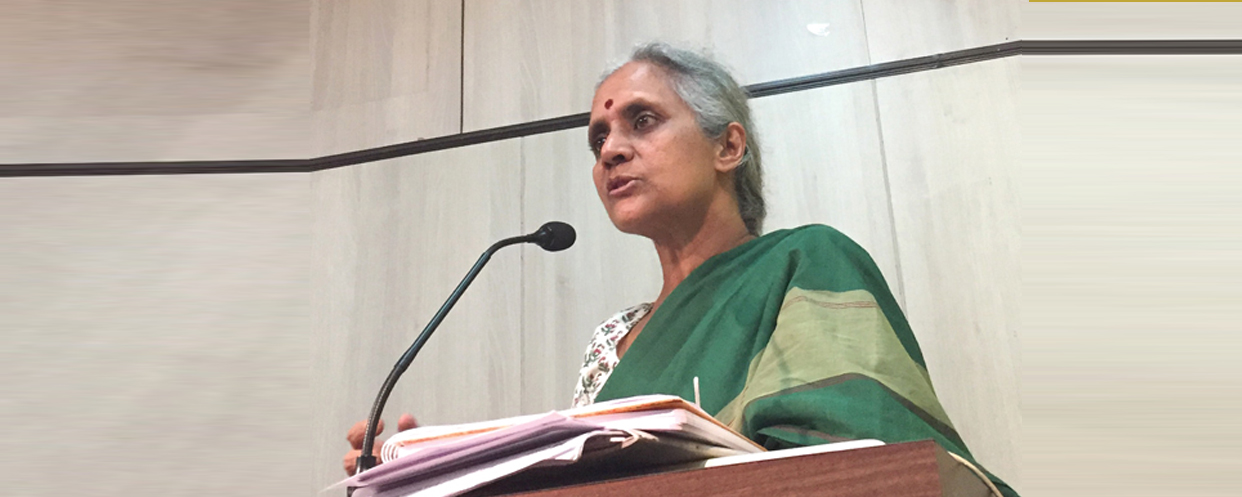
The unique identification (UID) project, or Aadhaar, is nothing but an attempt by technocrats to turn everyone into a customer for their financial technology-related products, says Dr Usha Ramanathan, an independent law researcher, who has been critically following the policy and practices of the UID project since 2009. She was speaking at Moneylife Foundation event on “Why We Need To Worry about the UID (Aadhaar) Project”.
“These days, we often hear the term ‘disruptive change’. However, in the case of UID, this is disruption for destruction, where ambitious persons are using every means to allot a random number to every Indian citizen whose profiles, once created, can be exploited for offering a number of services or products,” she said.
She said further, “We are witnessing the emergence of an information infrastructure which the government helps—by financing and facilitating the ‘start-up’, and by the use of coercion to get people on to the database—which it will then hand over to corporate interests when it reaches a ‘steady state’. What is more shocking is that these corporates treat the UID database as a ‘platform’ (for launching several apps, for example) and not purely as important data of Indian citizens. No wonder, we continue to see a flood of apps or tools based on UIDAI (Unique Identity Authority of India) database.”
“The UIDAI was not established to create a database of its own,” Dr Ramanathan said, adding, “It was to limit its activities to creation of the initial database from the electoral rolls and verification and validation of the same through below poverty line (BPL) and public distribution system (PDS) data and updation of electoral rolls.”
This was the decision of the empowered group of ministers (EGoM) which met on 4 November 2008 to decide the content of the notification dated 28 January 2009 that set up UIDAI. There are multiple databases within the government that carry information on people’s identity, and the UIDAI was to work at building a cleaned-up identity database from the existing databases. The EGoM was categorical that the ‘UIDAI may not directly undertake creation of any additional database…,’ she noted.
According to Dr Ramanathan, the then chairman of UIDAI had used three terms to describe the UID project—unique, universal, ubiquitous. “Uniqueness was dependent on biometrics. The decision to use fingerprints and iris-scan was made before the UIDAI had any means of knowing whether biometrics could work in India. This is what they said in the ‘notice inviting applications for hiring of biometrics consultant’ in January-February 2010 after they had decided on fingerprints and iris-scan,” she added.
She mentioned that the UIDAI says enrolment is ‘voluntary’, while working to make it mandatory which will swell its database fast. It has gone to the court in the cases that challenge the project and reiterated the claim that it is voluntary; but, when the court said, ‘okay, then we will just say that it is voluntary’, UIDAI pleaded with the court that agencies should be allowed to ‘insist’ on UID. The packed event concluded with a question & answer session.


